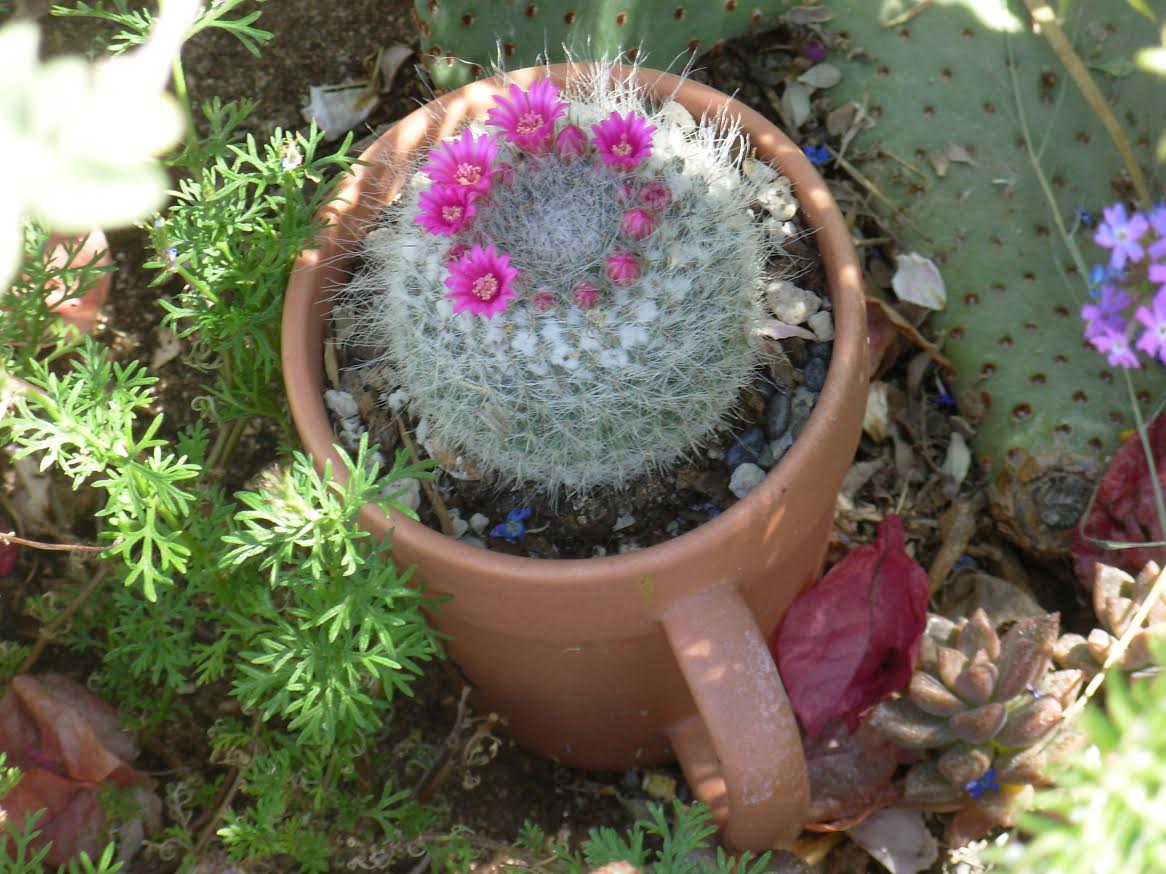Many of the plants you put in your October garden can produce across the winter months into March if you protect them from cold. Choose your garden location carefully to insure sunlight reaches it now that the sun is lower in the sky. As the days and nights get colder, provide the extra warmth radiating from a block fence or wall by locating your garden nearby. Watch nighttime temperatures and be sure to protect against frost by using mulch on the ground and cloth coverings over the plants. (Never plastic.) Lights adding heat under the cloth blankets are also effective.
You will notice from this list of plants that we eat the roots (such as carrots, radishes); leaves, (spinach, lettuce, chard); unopened flowers, (broccoli, cauliflower); and stems, (chives) of plants in our cool weather garden.
Cool Weather Garden Vegetables, Herbs and Annual Flowers to start in October:
- Plant endive, chard, carrots, radishes, rutabagas, spinach, turnips, asparagus, broccoli, lettuce, cabbage and peas.
- Plant chives, arugula, dill, fennel, marjoram, sage.
- Annual Flowers:
- Plant annuals for color winter through spring, such as, dianthus, geranium, lobelia, petunia, pansy, snapdragon, alyssum, and many more.
- Mulch flowerbeds well & add a pre-plant fertilizer (6-24-24).
- Water to a depth of 6-8”, twice a week for temperatures under 90°.
Perennials:- Plant brittlebush, penstemon, desert marigold, salvia and globe mallow.
- Water to a depth of 1 foot, twice a week.
Should you use seeds or transplants in your fall garden?
With seeds you have to factor in germination time, which is no problem with certain varieties. Using transplants gives you an instant plant, earlier harvest and uniform produce. Planting time is also affected by temperature. Get an early start to allow for seed growth. Seeds do well in warm soil, but upon emerging, the heat may damage the shoots. Starting your seeds in flats and transplanting into the bed when daytime temperatures are less extreme (below 100ºF) is one successful approach. Consult your Low Desert planting chart. Seeds planted in cold soil are slow to sprout, if ever, and they may simply rot. If you get a late start planting, use transplants rather than seeds.
Give plants an advantage by starting seeds in flats early then transplanting them into the garden.
Deciphering the seed packet
Take advantage of the wealth of information on the seed packet. Arm yourself with a magnifying glass so you can read the words and charts and learn a few key terms. In the United States and Canada, the growing season usually refers to the time between two dates: the last frost in the spring and the first hard frost in the fall. Specifically, it is defined as the period of time between the average last date at which the overnight low temperature drops below 32 °F in the spring and the average date at which the overnight low first drops down below 32 °F in the fall. Here in the low desert, these dates are intersected by the extreme heat of summer, so that we consider our growing season actually to be two seasons; spring and fall.
Days to sprout means days to germination. Seed spacing is the distance in the trench between seeds. Planting depth is the distance from the soil line to the bottom of the trench. Plants not coming up in the time expected may be seeds that were planted too deep.
Row spacing is the distance between rows, and this can be greatly reduced by planting rows of root plants between upwardly growing plants. Carefully space the seed within the rows as overcrowding encourages pests (such as aphids attacking broccoli). Trap cropping is planting to attract certain insect pests away from a neighboring plant. Save valuable garden space by planting two types of plants in the same row that will come up at different times. Plant leafy, shady plants so they do not block sunlight from other plants. Save garden space by using a trellis to keep vines off the ground, growing vertically. Position the trellis so it does not shade the rest of the garden. The trellis also can be used as a support for frost protective cloth.
Days until harvest refers to the time it takes from sowing seed to having mature vegetables ready to eat. Companion planting refers to the benefits certain plants give others when planted close to one another; such as cabbages and sage; or tomatoes and basil. It is important to group plants with the same water needs together.
The garden is easy to weed and maintain if you plant seeds in rows, but don’t plant the whole row at the same time—stagger your planting dates so you stagger the harvest. Learn to freeze, learn to can, and be generous with neighbors. The generous farmer is the prosperous farmer.
- Peggy Reynolds Klitzke, Valley of the Sun Gardeners






